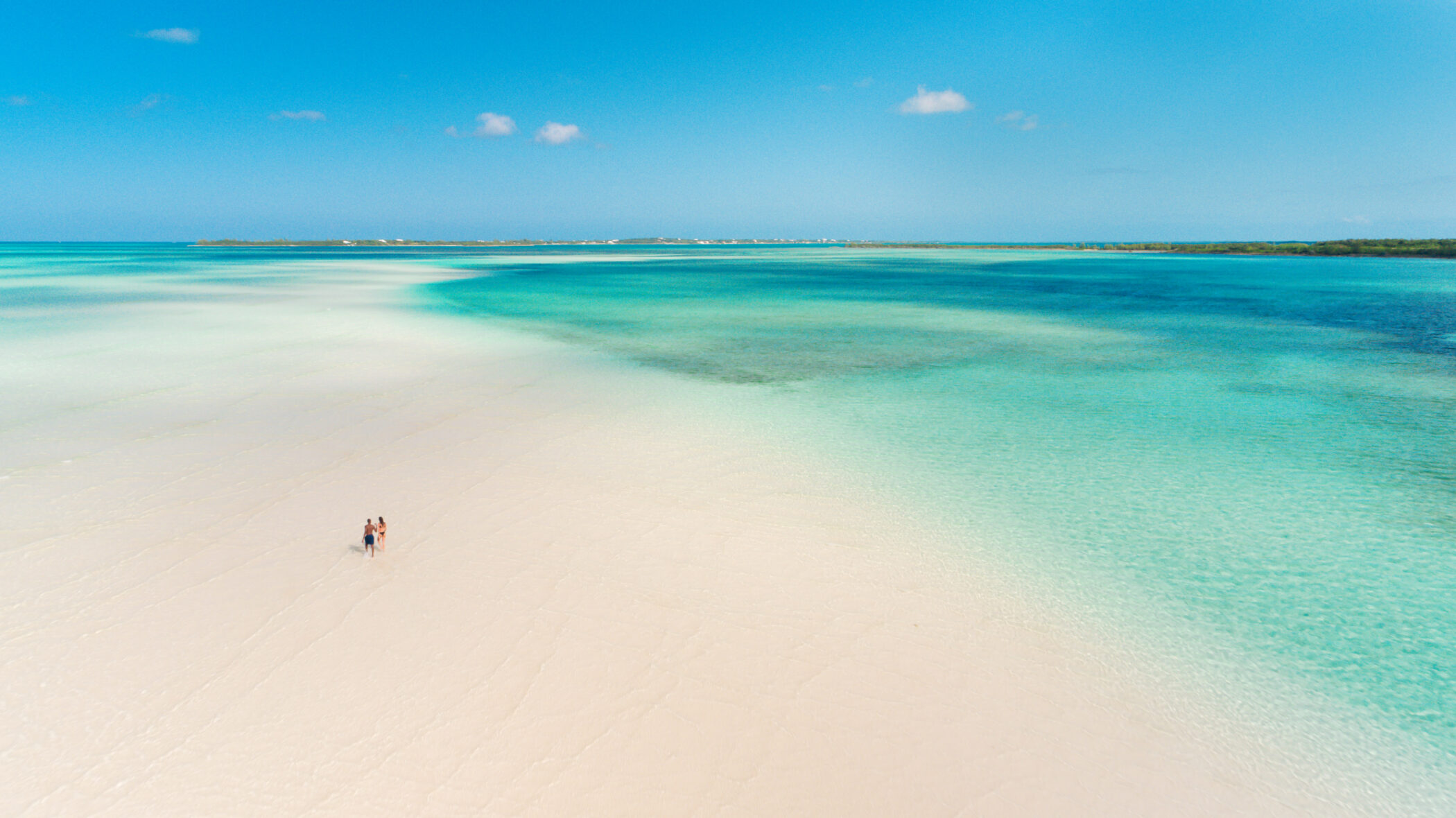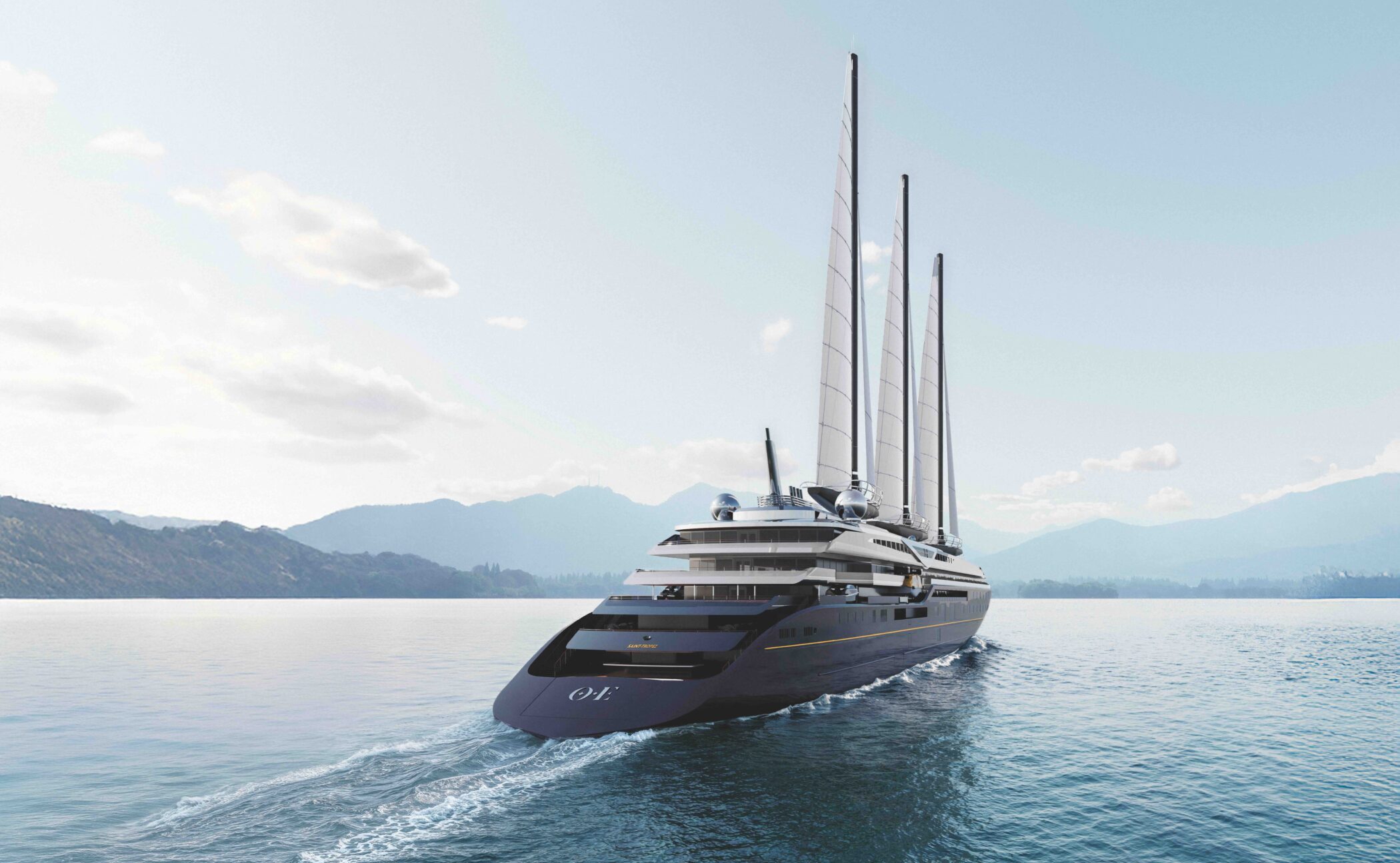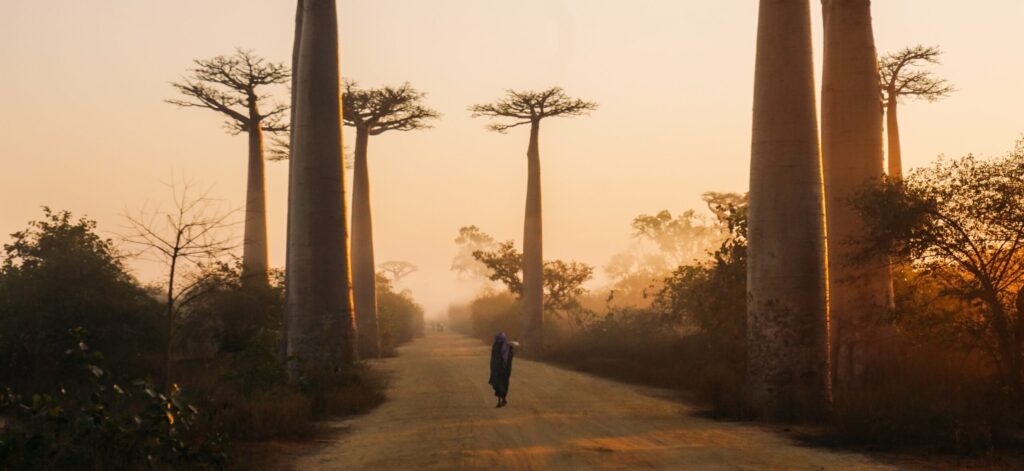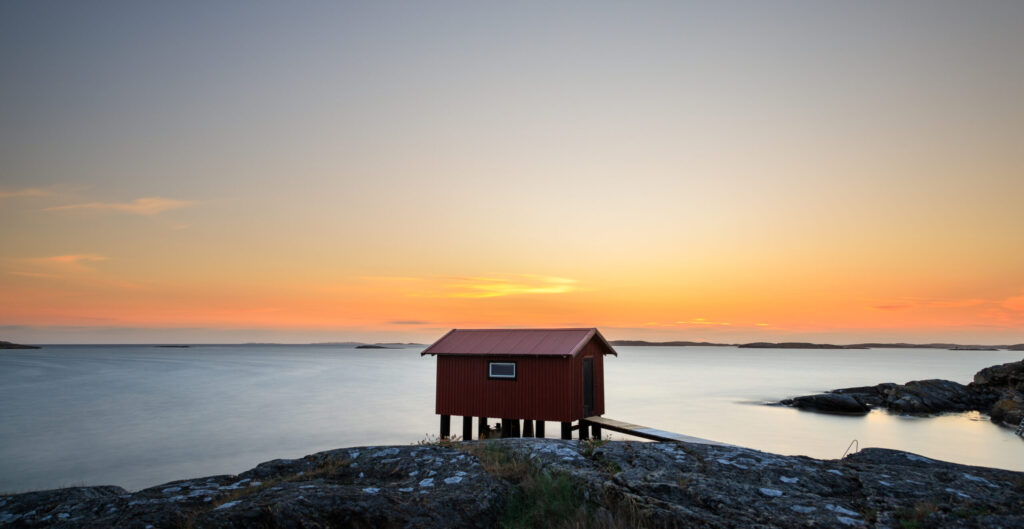Galapagos National Park Fee to Increase
The entry fee for the Galapagos National Park will double in August, generating US$40 million per year without increasing visitor numbers. Olivia Palamountain reports
The entry fee for the Galapagos National Park is set double from US$100 to US$200 on August 1, the first increase since 1998.
The move is aimed at safeguarding the long-term conservation of the Galapagos Islands and the wellbeing of its local community.
The famed archipelago, home to just 33,000 residents across five inhabited islands, received 329,475 tourists in 2023.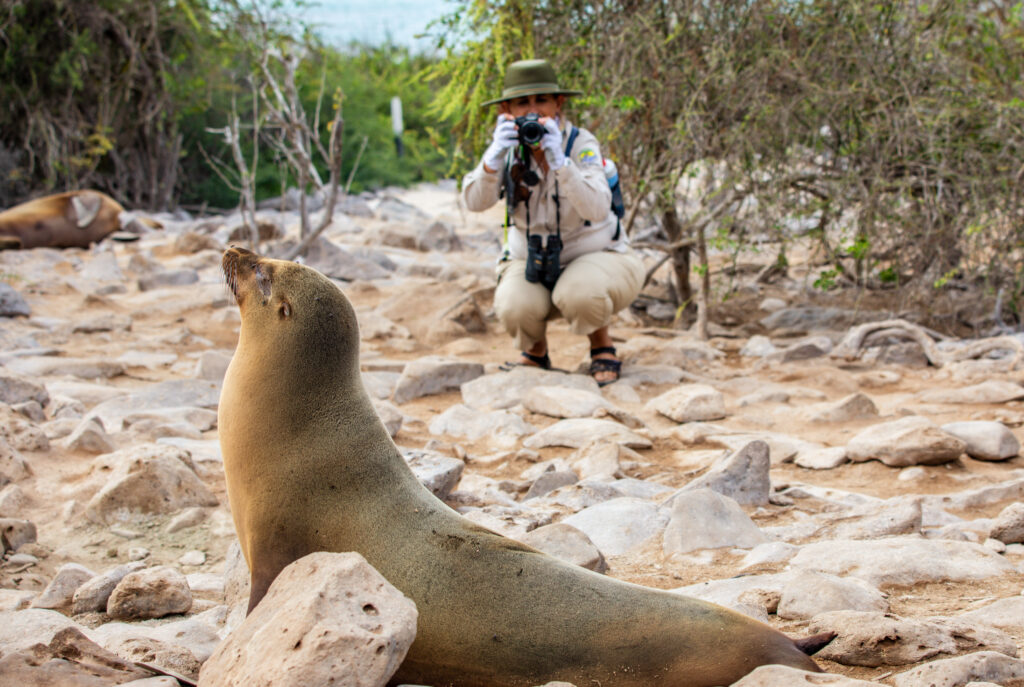 While maritime cruising has maintained stable levels since 1998 due to strict licensing, 70 per cent of visitors now opt for land-based itineraries.
While maritime cruising has maintained stable levels since 1998 due to strict licensing, 70 per cent of visitors now opt for land-based itineraries.
Concerns have grown over a sharp rise in land-based tourism, putting pressure on waste management systems, water and food security, and increasing the risk of invasive species.
“This resolution represents a significant step towards aligning the needs of the local community with crucial environmental preservation efforts", says the Ministry of Tourism. "These funds will be directly channeled into conservation initiatives, infrastructure upgrades and community programs aimed at mitigating tourism's ecological footprint on the islands.”
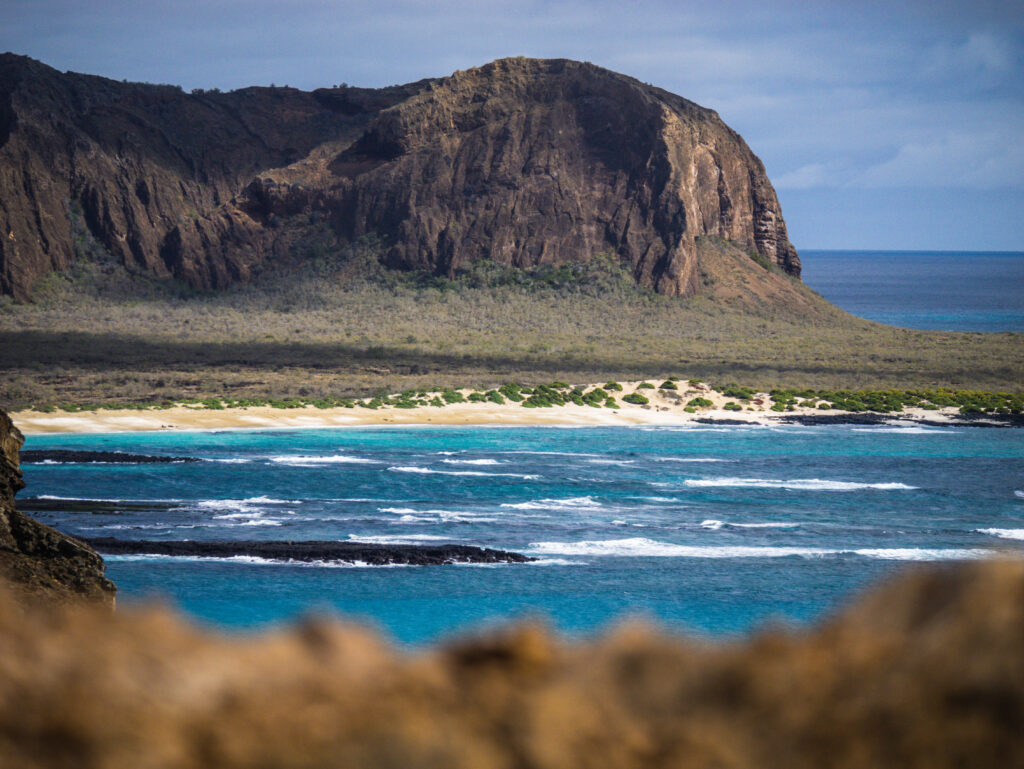 Following UNESCO's 2017 recommendation, Ecuador committed to zero growth in the islands. The fee increase is expected to double income to over $40 million per year without increasing visitor numbers.
Following UNESCO's 2017 recommendation, Ecuador committed to zero growth in the islands. The fee increase is expected to double income to over $40 million per year without increasing visitor numbers.
The entry fee will be divided between the Galapagos National Park Directorate: (40 per cent); municipal governments (30%); the Galapagos Governing Council (20%); and the Galapagos Biosafety and Quarantine Regulation and Control Agency (10%).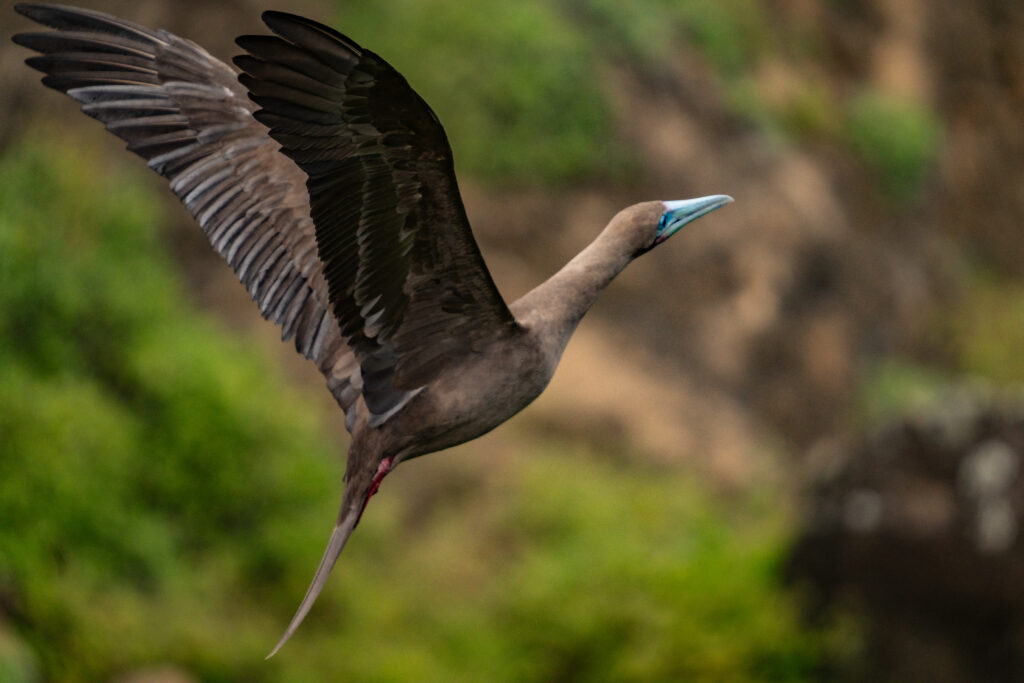 Metropolitan Touring, a pioneer of sustainable tourism in the Galapagos and Ecuador's leading DMC, has been at the forefront of conservation efforts.
Metropolitan Touring, a pioneer of sustainable tourism in the Galapagos and Ecuador's leading DMC, has been at the forefront of conservation efforts.
The company established the first recycling and waste management plant on Santa Cruz Island in 1996, championed the recent marine reserve expansion, and initiated the largest private investment in renewable energy in the islands' history.
Paulina Burbano de Lara, CEO, Metropolitan Touring, says: “For us, this measure reflects the positive commitment shown by the Ecuadorian government for long-term conservation of the Galapagos Islands. It’s a commitment to safeguarding the fragile, singular ecosystem of the islands, ensuring their preservation for the benefit of generations to come, while recognising that this is inextricably linked to the wellbeing of the surrounding local community.”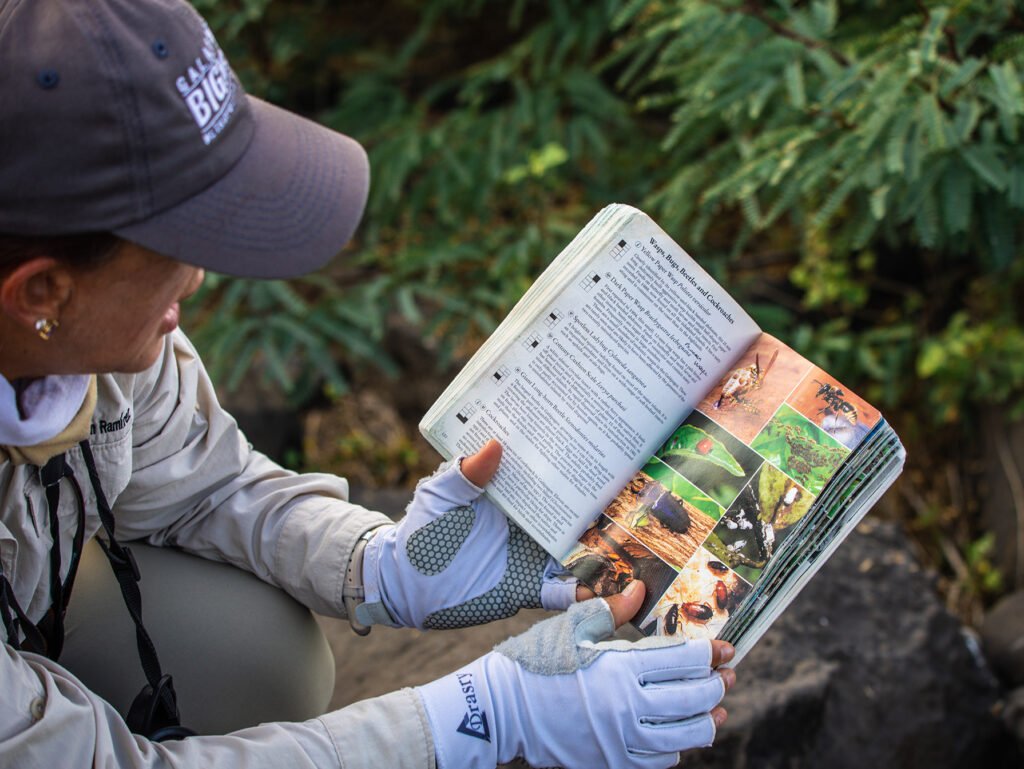 The company has also focused on community engagement, welcoming more than 1,600 local students and residents aboard its vessels to enhance their knowledge and appreciation of their unique home.
The company has also focused on community engagement, welcoming more than 1,600 local students and residents aboard its vessels to enhance their knowledge and appreciation of their unique home.
This fee increase reflects the ongoing challenge of balancing tourism with conservation in one of the world's most unique and fragile ecosystems.
But how does the fee compare to those in other destinations? The Masai Mara National Reserve costs US$285 per person per day (high season); Bhutan costs US$100 per person per day; and the Serengeti National Park costs US$82.60 per person per day (high season).





